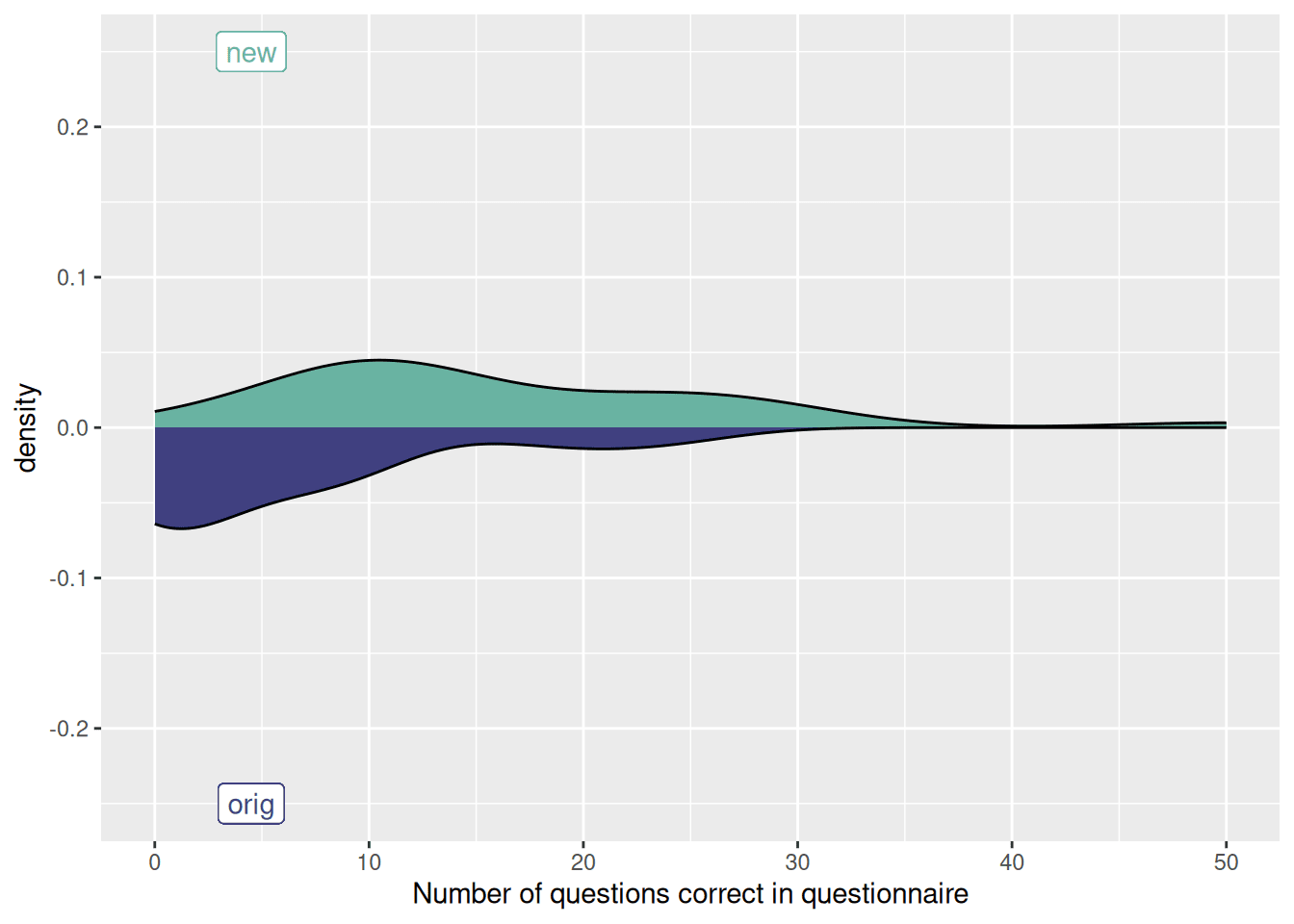
New Discoveries for Patient and Public Involvement
About one year ago I fully entered the world of secondary data analysis research – away from applied mental health research with creative data collection methods and small sample sizes, towards big data and complex analyses efforts to overcome what someone deemed not worth measuring (Wait, why are we not assessing emotion regulation in each and every study 1?)
Of course, I know we can’t measure everything and the decision of what to measure in studies is one of the hardest to make. If you put 100 mental health researchers into one room, I believe all of them would consider their research area important enough and worth measuring in a big research study, because we love what we do and we are very passionate about our research.
I have had a fantastic past year, filled with a lot of learning, exciting new discoveries, and wonderful support from my colleagues at the Centre for Longitudinal Studies (UCL). Finally, last week my time had come to give back. I invited my colleagues to a “PPIE – (Patient and Public Involvement and Engagement) in Research” session. PPIE is relatively common in applied mental health research (I know, we can always do more), where researchers invite members of the public to help them decide on recruitment strategies, the design of study materials, interpretation of findings, and what infographics or other research outputs would actually matter to clients, service-users or patients. However, when it comes to less applied research areas, such as research relying primarily on secondary data analyses, my impression has been that PPIE is only very slowly making its way in – thereby causing a mix of real positive excitement in some of my colleagues (“I am allowed to talk to people?”) and pure anxiety and confusion in others ( Do I need to explain latent growth curve models to them?).
When I prepared the PPIE session for my colleagues, I tried to find examples in the existing literature that could demonstrate how PPIE activities can shape and benefit research using secondary data (no references to share, sorry). The lack of hits in my search confirmed my impression of how little PPIE has been explored in my new, chosen research field. Hence, I decided to share a few ideas on how PPIE can shape your research if you are working primarily with secondary data. Please, note I am not the PPIE expert and I am still learning myself. The idea of this article is to open up the space and to get a wide collection of possible activities so that we can learn from each other and draw from this hopefully growing collection. I am sure many other people have some great things to add to this list of ideas below. If you do, please add them in the comments section.

There are a lot of great opportunities to involve members of the public or experts by experience in the early stages of your research. You can share your proposal idea with them and get valuable feedback on it, or if you are brave enough and have sufficient time you can invite experts-by-experience to be your co-researchers.
Let’s assume you as a researcher are interested in finding out which factors put young people at risk of developing anxiety and depression. Your existing (hopefully large) dataset has many different variables that represent different risk factors, such as “bullying”, “deprivation”, “loss of a family member”, “parental conflict” or “low academic attainment”. My first step would be to translate these topics or items into something a young person can understand better, for instance: “parental conflict” = “parents that fight a lot and have arguments” or “low academic attainment” = “a student who keeps failing exams or keeps getting bad grades”.

After that you can organise a workshop with young people, your experience experts, where you will hand out your young-person-friendly variables like little building blocks. You can then ask the young people how each of these building blocks relate to how young people feel on a day-to-day basis. Is there anything that makes them feel sad, angry, happy? This type of discussion should already give some good insights as to whether you as a researcher understand those building blocks (variables) and their relationship to a young person’s mental health, the same way as the young people do. After that you could ask your young experts to join your team as a researcher and become your co-researcher. Together you can use these building blocks to prioritise risk factors (aka set research priorities for your project) which you can use to inform your research question and subsequent analysis, or sometimes even to create new research questions that you may not have thought of. If you don’t have enough time and want to make sure the final research question is in line with your general research interests, you can present the young experts with different drafts or versions of your research question and find out which of these they would find most interesting or relevant and why.
Involving experts by experience in your analysis and the interpretation of your findings can be very insightful. After you have run your analysis, try to write up the key findings in an accessible way (no regression coefficients or risk ratios – yes, it can be tempting). You can ask your young experts whether they think the findings sound sensible to them or if there might be a need to look at something else which you had not yet considered. In some cases, you may also find your results confusing, e.g., you may be wondering why certain items are cross-loading onto two factors, although all the literature suggests that they should clearly only load onto one. Your experience-experts might be able to give you insights that can’t be found in the literature, especially when the population or group you are researching is very different from you.

PPIE can help make your research more accessible and visible to those who have the biggest interest in it and may benefit from your findings the most. Getting input from experts by experience on what, how and where to share and present your findings can be super fun (if you like being creative) and insightful. They can be able to tell you which key messages to pick from your research and why they would be most helpful to them as well as which medium or design to choose so that your research reaches your target group in the best possible way.
That being said, Harmony is actively trying to involve users and experience experts along the way, and we are benefiting from your support every single step on the way. If you want to get involved let us know.
1 Disclaimer: I am a passionate emotion regulation researcher.

Some of my lovely colleagues at the Centre for Longitudinal Studies at UCL

